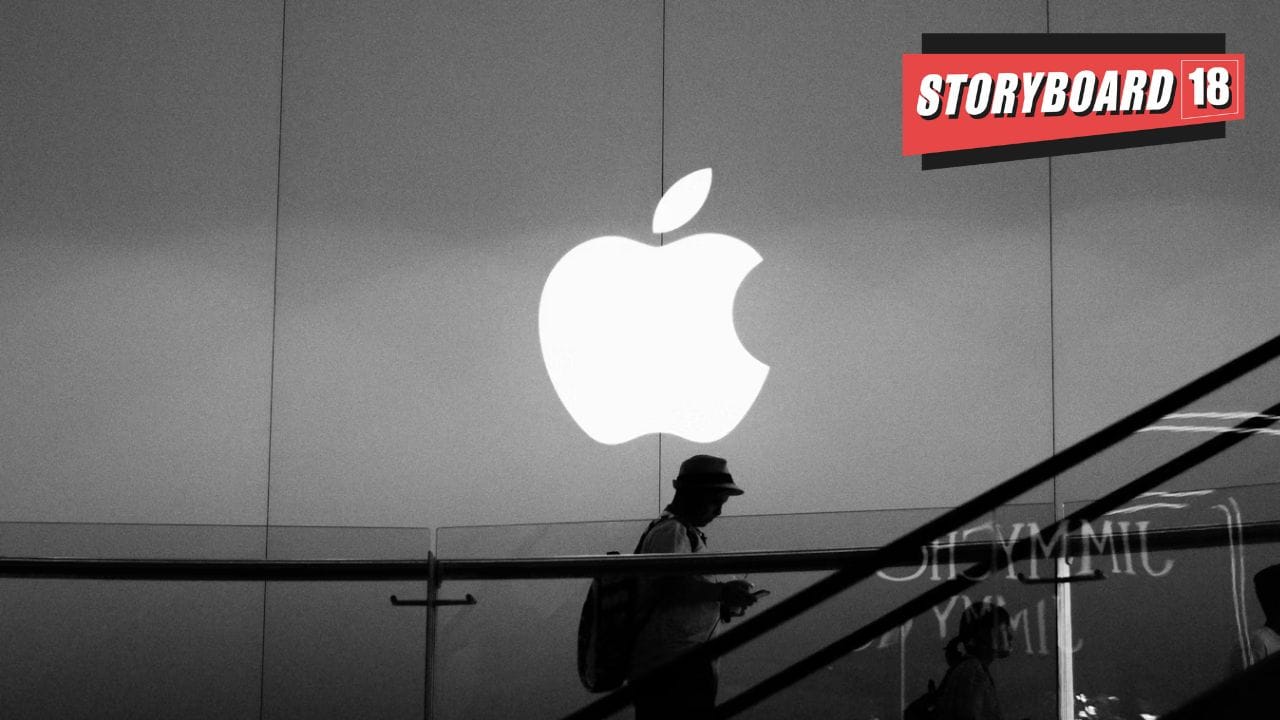Apple Inc. has narrowly avoided what could have been its most significant supply chain disruption since the height of the COVID-19 pandemic, following a late-night decision from the White House that exempts several of its flagship products from sweeping new tariffs on Chinese imports.
On Friday, President Donald J. Trump unveiled a 125 percent tariff targeting goods produced in China, a move intended to remake America’s trade posture. Yet in a surprise development, the administration carved out exceptions for consumer electronics, including iPhones, iPads, Mac computers, Apple Watches and AirTags — a decision that analysts say spares the Cupertino-based company from an immediate and potentially destabilizing cost shock.
The exemption, however, may prove to be temporary. Trump and senior administration officials have signaled that a new category of sector-specific levies – particularly those targeting goods that include semiconductors – remains under consideration. A separate 20 percent duty continues to apply to electronics manufactured in China, creating a patchwork of trade rules that leaves companies like Apple navigating uncertainty.
Behind the scenes, Apple had been preparing for a worst-case scenario, as per reports. The company had drawn up contingency plans to shift a portion of its iPhone production for the U.S. market to India — a move that would have leveraged that country’s lower tariff exposure, reports stated. With Indian facilities ramping up to produce more than 30 million units annually, Apple believed it could fulfill a share of domestic demand outside of China.
Internally, the proposed tariffs had raised alarms within the company’s operations, finance and marketing divisions, particularly as production timelines for the next iPhone, expected to be largely made in China, tightened.
In the absence of the exemption, Apple may have been forced to raise prices or absorb higher costs, a scenario that risked alienating consumers and pressuring margins. Executives had also expressed concern over whether such a pivot could be executed without disrupting the planned launch of the iPhone 17.
Morgan Stanley estimates that 87 percent of iPhones and the majority of iPads and Macs are assembled in China, products that collectively account for roughly three-quarters of the company’s revenue. The company has moved production of some accessories, such as the Apple Watch and AirPods, to Vietnam, and is expanding manufacturing in Malaysia and Thailand.
China, which generates approximately 17 percent of Apple’s revenue, has previously retaliated against U.S. technology firms amid escalating trade tensions. Beijing’s Ministry of Commerce described the tariff exemption as “a small step by the U.S. toward correcting its wrongful action of unilateral ‘reciprocal tariffs,’” urging Washington to resume negotiations rooted in “mutual respect.”
